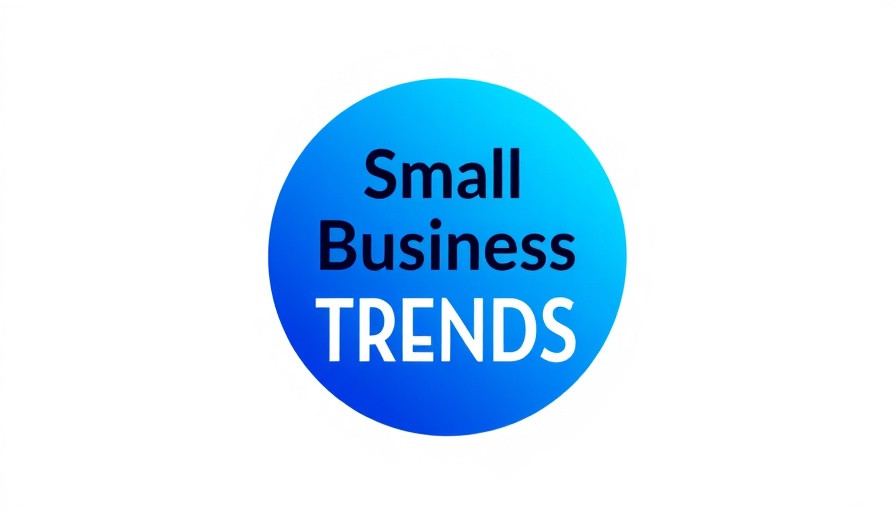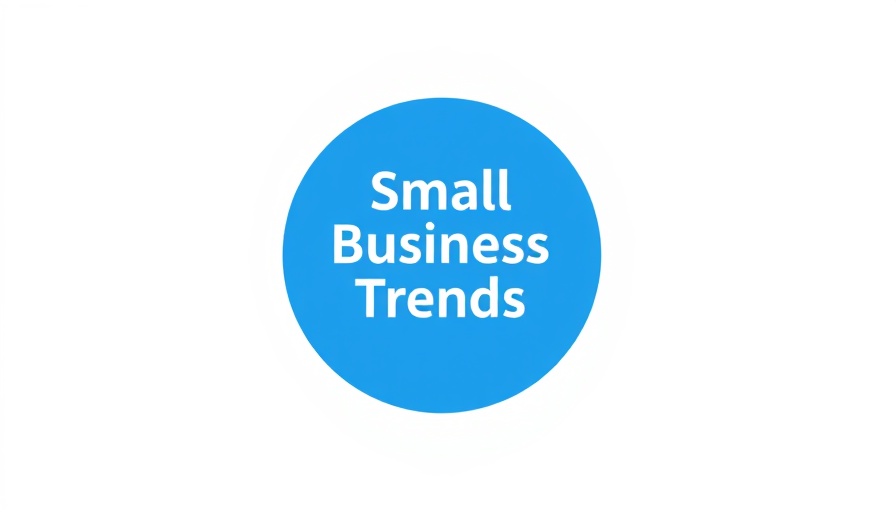
Decoding the Digital Decider: Shopping Habits of Millennial Women
Millennial women are reshaping the retail landscape, merging technology with shopping experiences in unprecedented ways. As digital natives, this demographic prioritizes seamless integration between online and physical stores, emphasizing convenience, personalization, and connection. Understanding the nuances of their shopping habits can equip brands with the insights necessary to connect better with this powerful consumer segment.
Conscious Consumption and Ethical Choices
This generation is particularly discerning, favoring brands that not only provide high-quality products but also embrace sustainable and ethical practices. For millennial women, shopping is a reflection of their values. They often conduct extensive research before making purchases, seeking out brands that demonstrate transparency and accountability in their sourcing and production processes. This conscientious attitude shapes their interactions with brands and drives their preferences for eco-friendly alternatives—influencing everything from fashion to technology.
The Role of Social Media in Shaping Purchases
Social media platforms like Instagram and Pinterest have become vital arenas for product discovery among millennial women. Visually-driven content captures their attention and drives excitement around new products. Brands that prioritize aesthetics and engaging storytelling in their social media strategies can foster a strong connection with this audience. The impact is amplified further by peer recommendations, making community engagement and customer reviews crucial for brands seeking to establish trust and loyalty within this demographic.
Mobile Shopping: An Essential Element
With the increasing prevalence of smartphones, mobile shopping has become a favored method among millennial women. They leverage technology to compare prices, read product reviews, and ensure they are making informed choices. Small businesses aiming to engage this market must prioritize mobile optimization, ensuring that their websites and e-commerce platforms cater to on-the-go shoppers expecting a seamless digital experience.
Building Brand Loyalty through Shared Values
Brand loyalty for millennial women hinges on shared values and exceptional customer service. When brands align with the beliefs of their consumers, they foster a powerful loyalty that transcends traditional marketing tactics. Brands that showcase genuine commitment to social causes and respond effectively to customer feedback tend to enjoy repeat purchases from this demographic. Considerations like sustainability, social justice, and transparency in pricing have become pivotal in fostering long-lasting relationships.
The Future of Shopping: Innovations and Trends
Looking ahead, technological advancements, particularly in AI and automation, are likely to redefine the shopping experience further. The integration of AI in marketing strategies—such as personalized recommendations, targeted ads, and enhanced customer service through chatbots—will cater to the specific preferences of millennial women. Brands that invest in AI will not only streamline their operations but also enhance the way they market to tech-savvy consumers who appreciate efficiency and customization.
Accepting Peer Influence and Community Engagement
Peer influence is a significant factor in the purchasing journey of millennial women. Their decisions are often swayed by the experiences of others, emphasizing the need for brands to cultivate strong community ties. Engaging with customers through platforms like social media can provide a space for genuine discussions about products and services, creating a sense of belonging. Testimonials and influencer partnerships can further elevate brand visibility and appeal.
Practical Tips for Engaging Millennial Women
Brands looking to effectively engage millennial women should embrace several best practices:
- Leverage social media for visually captivating content that resonates with their values.
- Optimize your online presence for mobile access to facilitate easy product discovery.
- Be transparent about sourcing and business practices to build trust.
- Encourage reviews and foster community discussions to amplify peer influence.
- Utilize AI marketing to personalize the shopping experience and enhance customer support.
Conclusion: Navigating the Shopping Landscape
Understanding the shopping habits of millennial women is crucial for brands navigating today's retail environment. By optimizing their strategies around the values, preferences, and digital habits of this demographic, brands can forge stronger connections and cultivate lasting loyalty. As we move into an increasingly digital future, leveraging AI and engaging deeply with this influential consumer group will be essential for sustained success in the marketplace.



Write A Comment